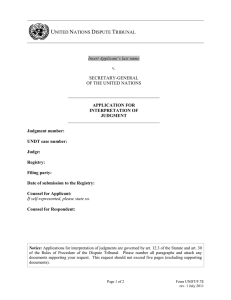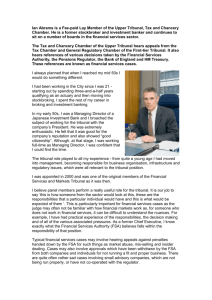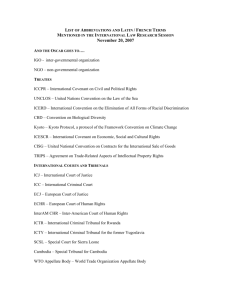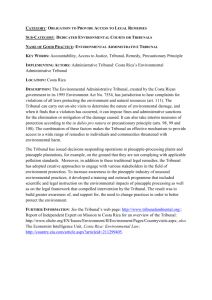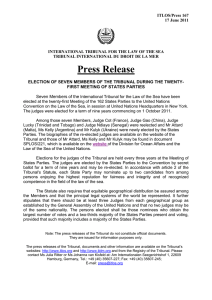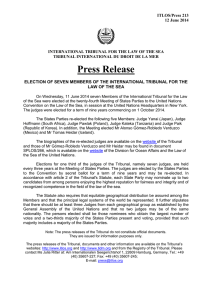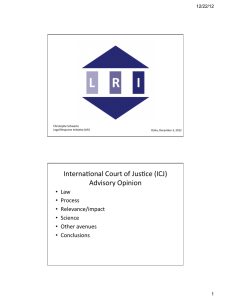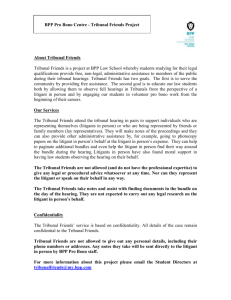Natural ground level - planning
advertisement
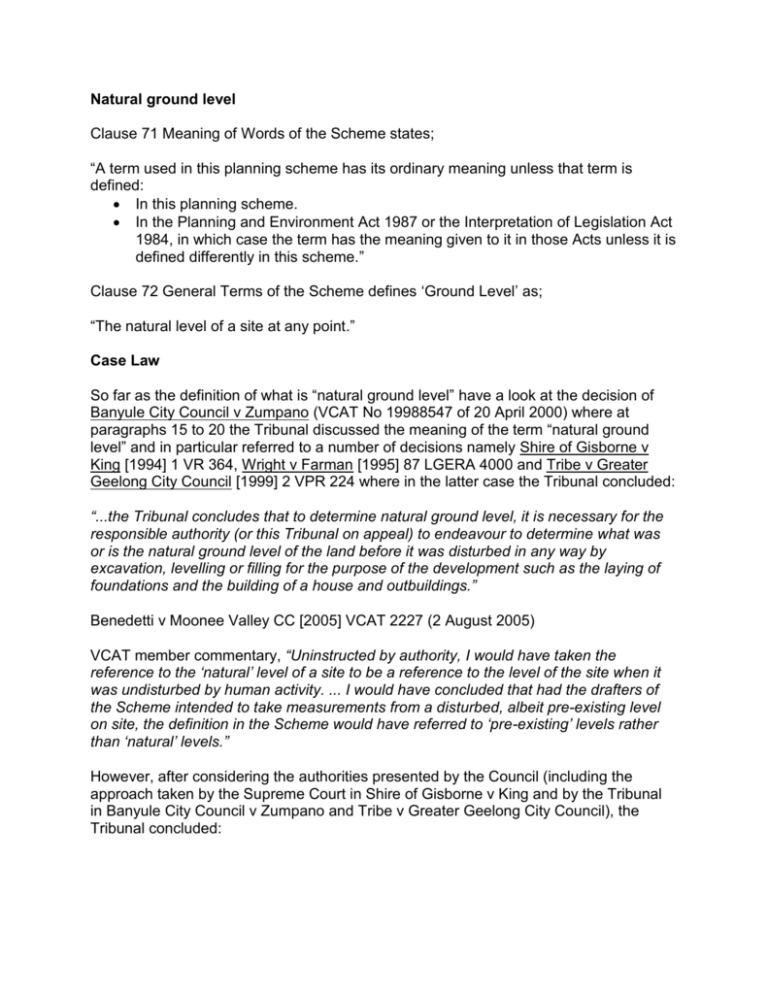
Natural ground level Clause 71 Meaning of Words of the Scheme states; “A term used in this planning scheme has its ordinary meaning unless that term is defined: In this planning scheme. In the Planning and Environment Act 1987 or the Interpretation of Legislation Act 1984, in which case the term has the meaning given to it in those Acts unless it is defined differently in this scheme.” Clause 72 General Terms of the Scheme defines ‘Ground Level’ as; “The natural level of a site at any point.” Case Law So far as the definition of what is “natural ground level” have a look at the decision of Banyule City Council v Zumpano (VCAT No 19988547 of 20 April 2000) where at paragraphs 15 to 20 the Tribunal discussed the meaning of the term “natural ground level” and in particular referred to a number of decisions namely Shire of Gisborne v King [1994] 1 VR 364, Wright v Farman [1995] 87 LGERA 4000 and Tribe v Greater Geelong City Council [1999] 2 VPR 224 where in the latter case the Tribunal concluded: “...the Tribunal concludes that to determine natural ground level, it is necessary for the responsible authority (or this Tribunal on appeal) to endeavour to determine what was or is the natural ground level of the land before it was disturbed in any way by excavation, levelling or filling for the purpose of the development such as the laying of foundations and the building of a house and outbuildings.” Benedetti v Moonee Valley CC [2005] VCAT 2227 (2 August 2005) VCAT member commentary, “Uninstructed by authority, I would have taken the reference to the ‘natural’ level of a site to be a reference to the level of the site when it was undisturbed by human activity. ... I would have concluded that had the drafters of the Scheme intended to take measurements from a disturbed, albeit pre-existing level on site, the definition in the Scheme would have referred to ‘pre-existing’ levels rather than ‘natural’ levels.” However, after considering the authorities presented by the Council (including the approach taken by the Supreme Court in Shire of Gisborne v King and by the Tribunal in Banyule City Council v Zumpano and Tribe v Greater Geelong City Council), the Tribunal concluded: “In conformity with this approach, it would seem that the proper level from which to measure is not the level as set in the 1993 survey but the level which immediately preexisted commencement of the subject development.” Implications The consistent approach of the Tribunal is to ascertain natural ground levels not by tracing historical disturbances to ground levels (including potentially as far back as preEuropean settlement) but, rather, by reference to the levels that exist on a site immediately prior to the commencement of the subject development. Whilst the Tribunal in Benedetti was not required to consider the wider implications of this approach, it is fairly obvious that there is scope here for abuse. It might, for example, open the door for owners to incrementally alter the levels of their land so that, when it comes to assessing the levels for a subject development, those levels are the result of significant human intervention. This may explain why the Tribunal made its findings 'with some hesitation'. Above material partly resourced from Maddocks Planning and Environment Update, dated the 4 August, 2005.




